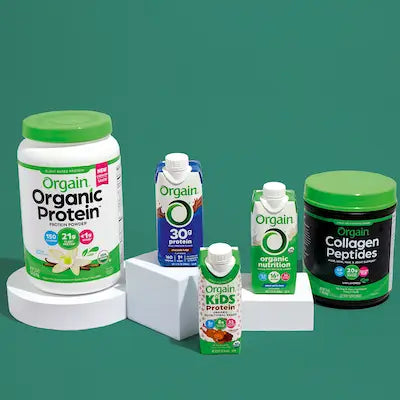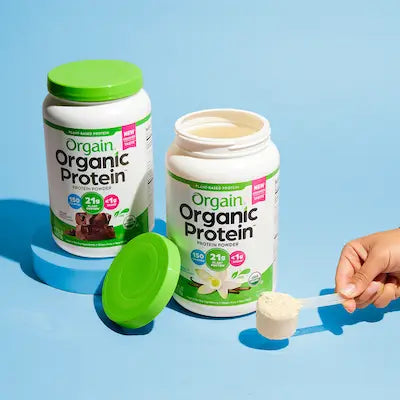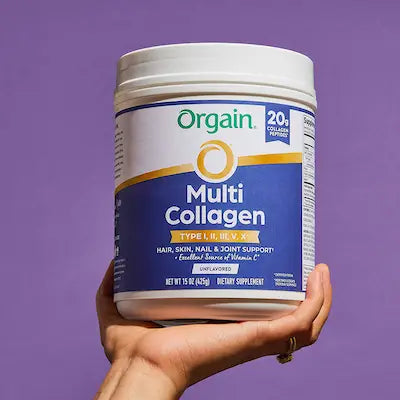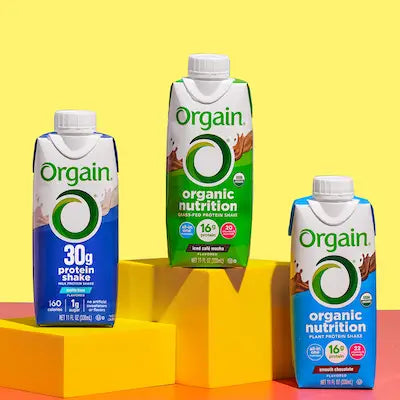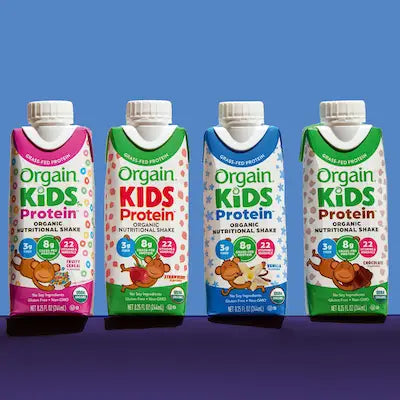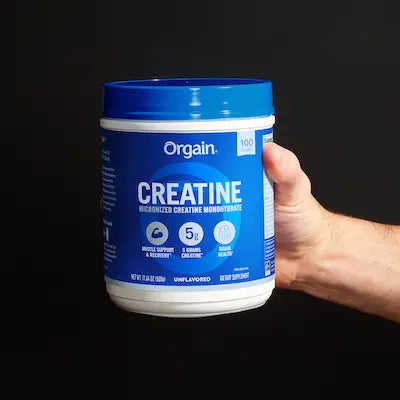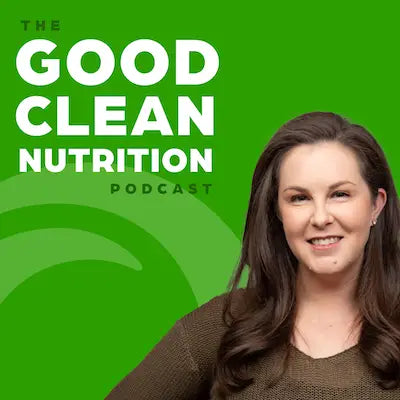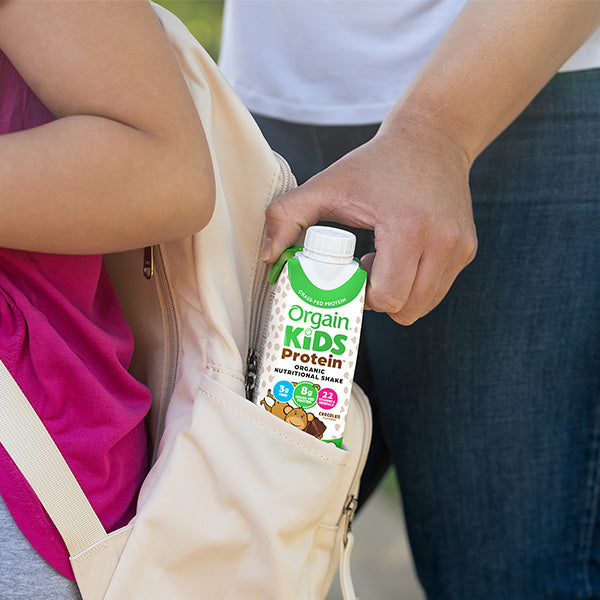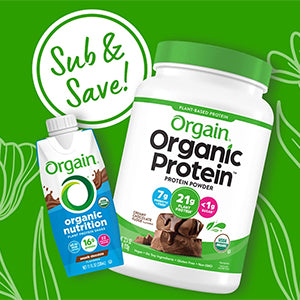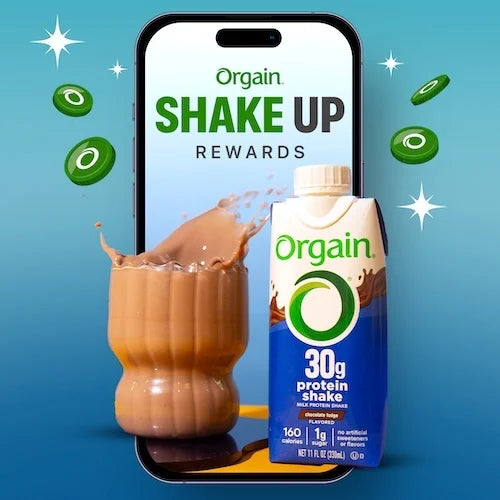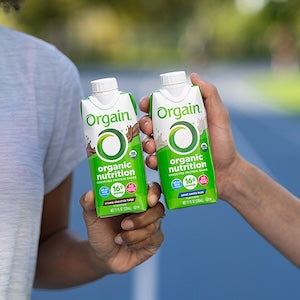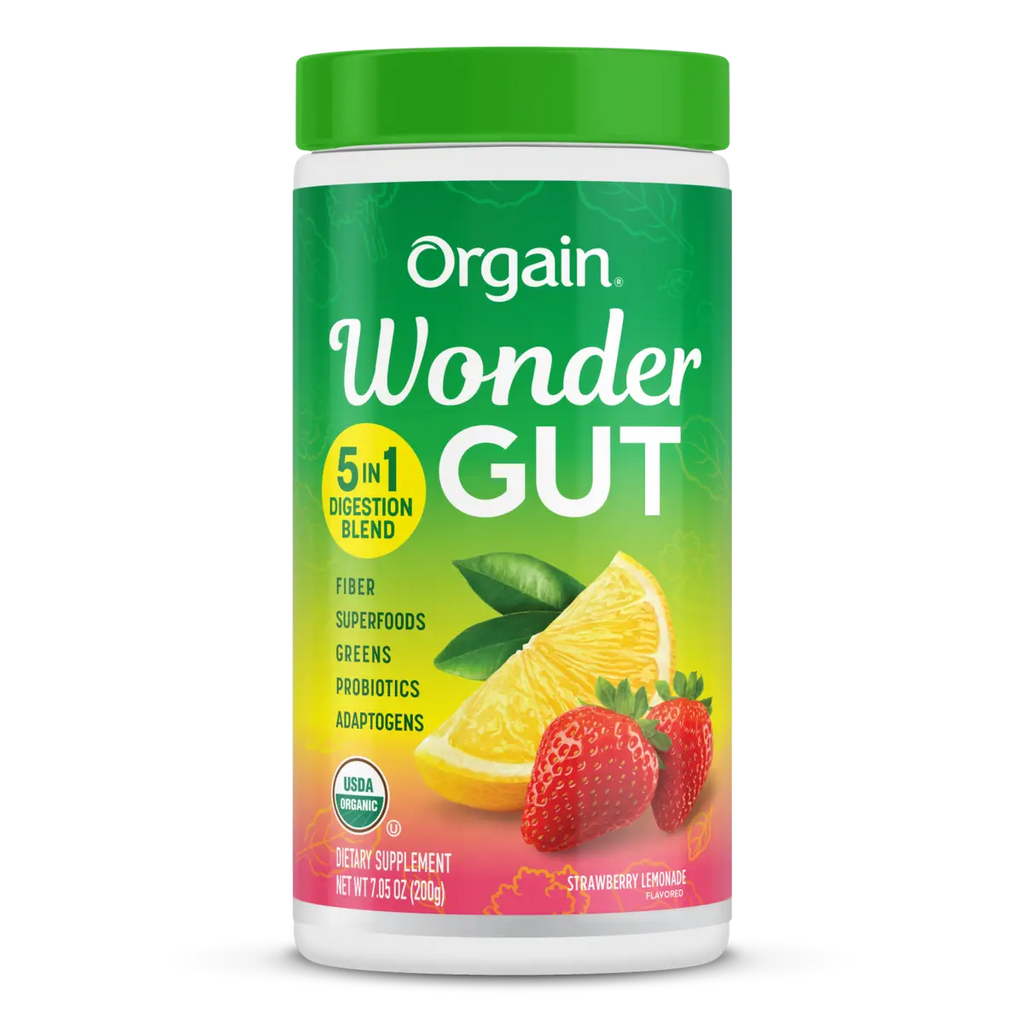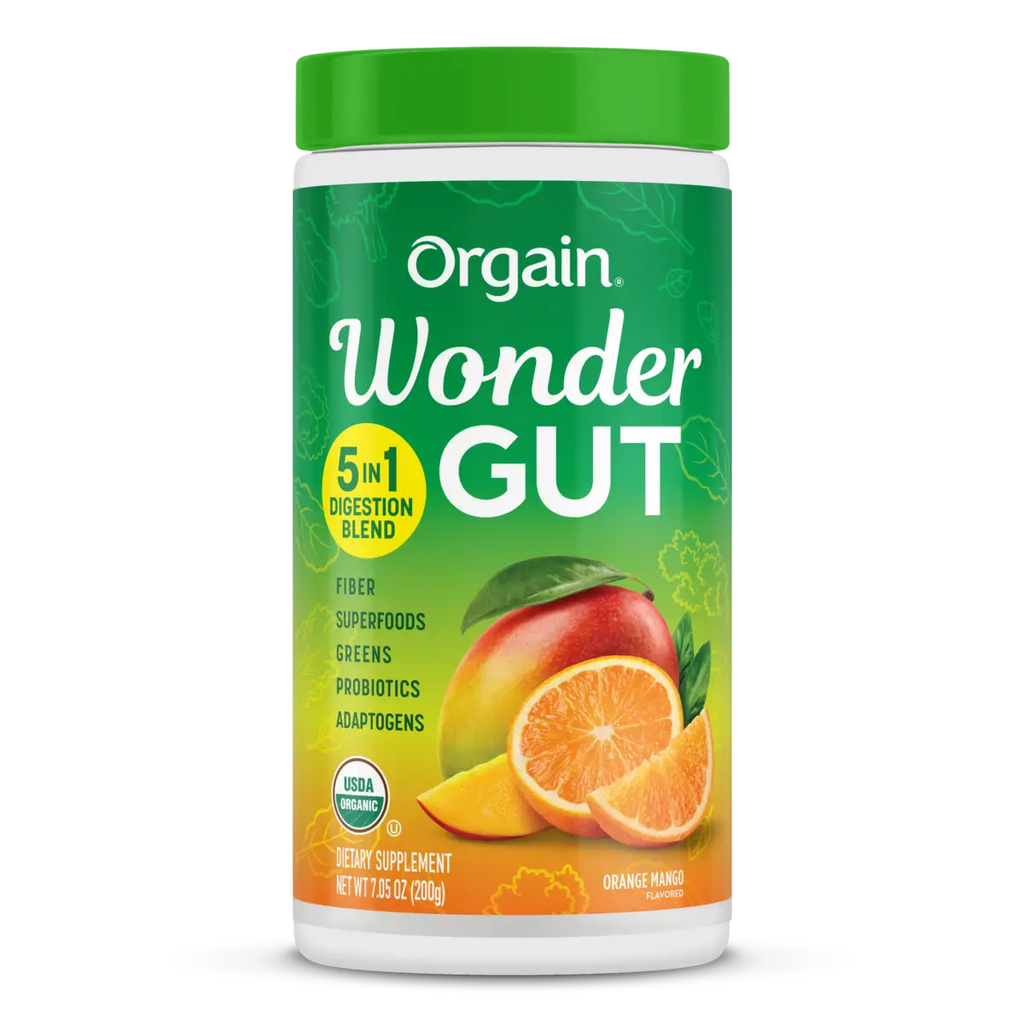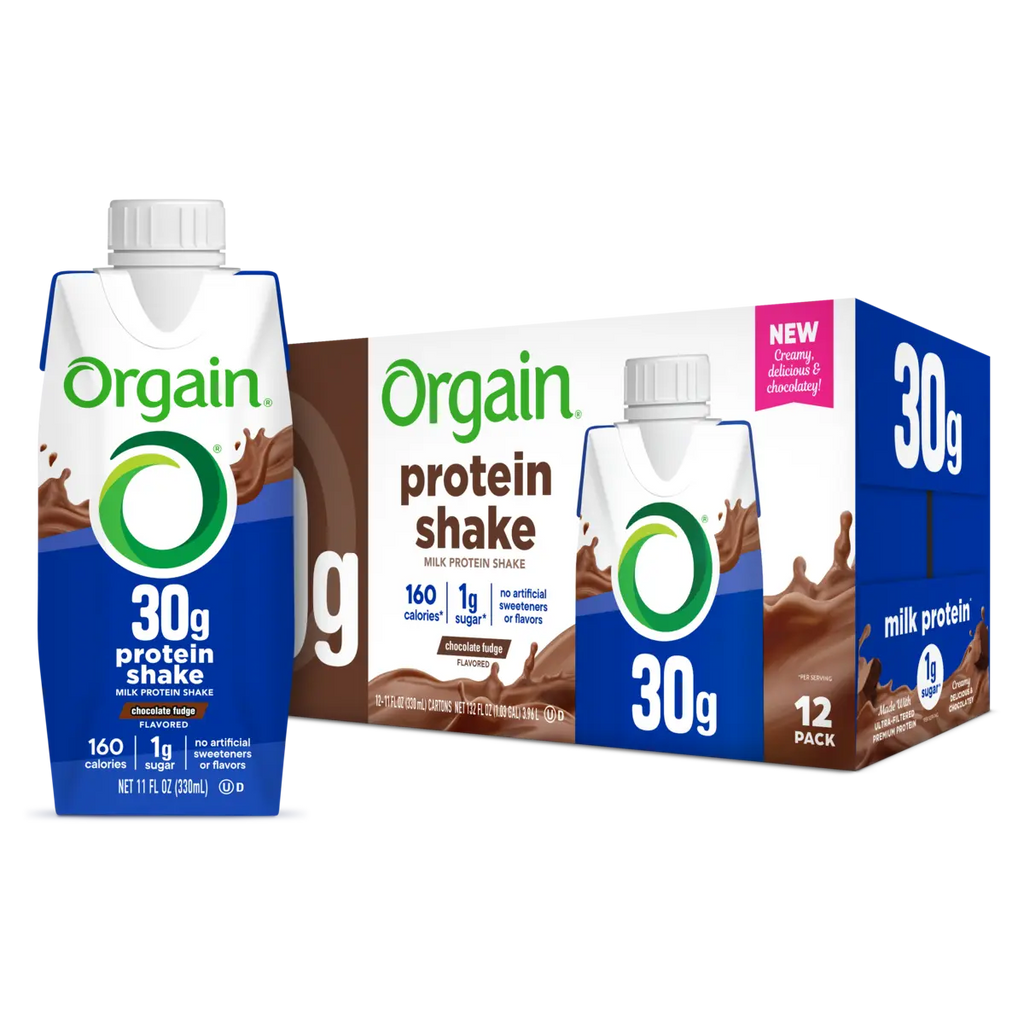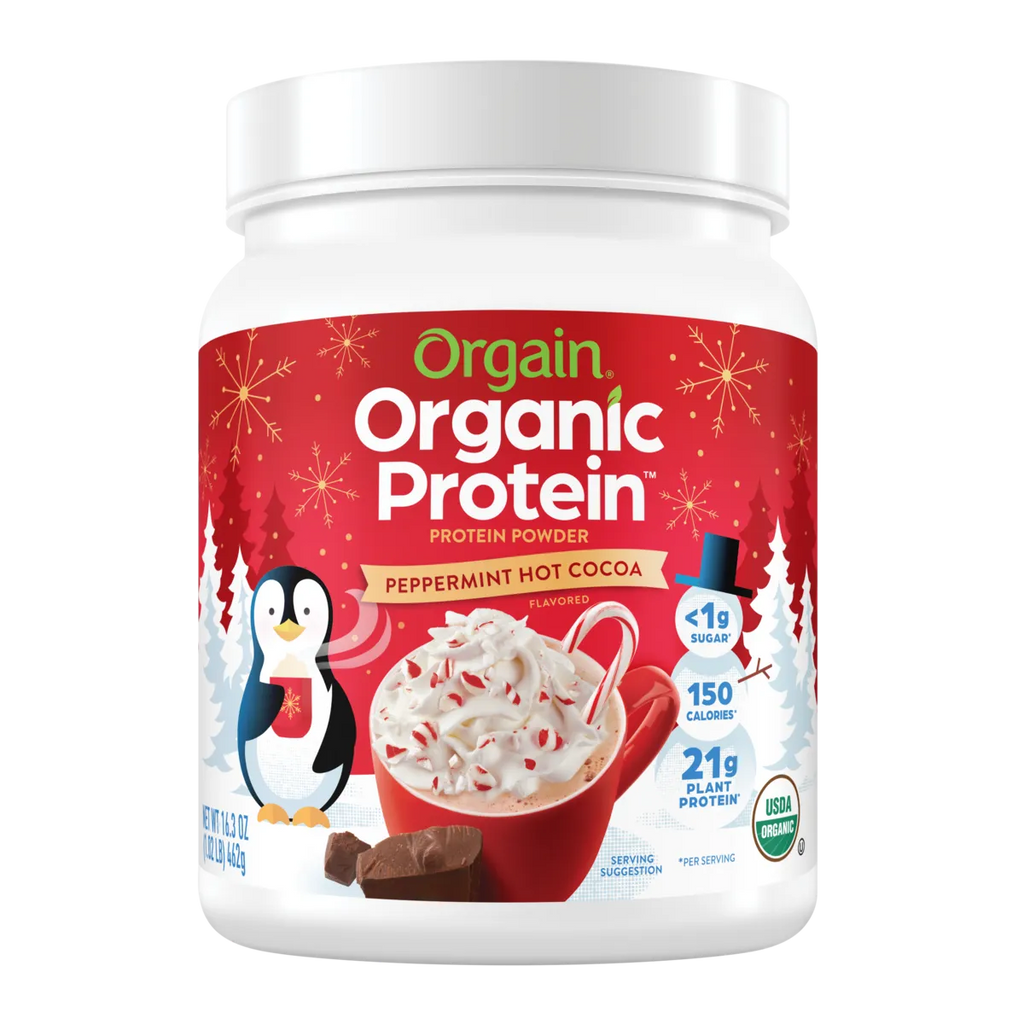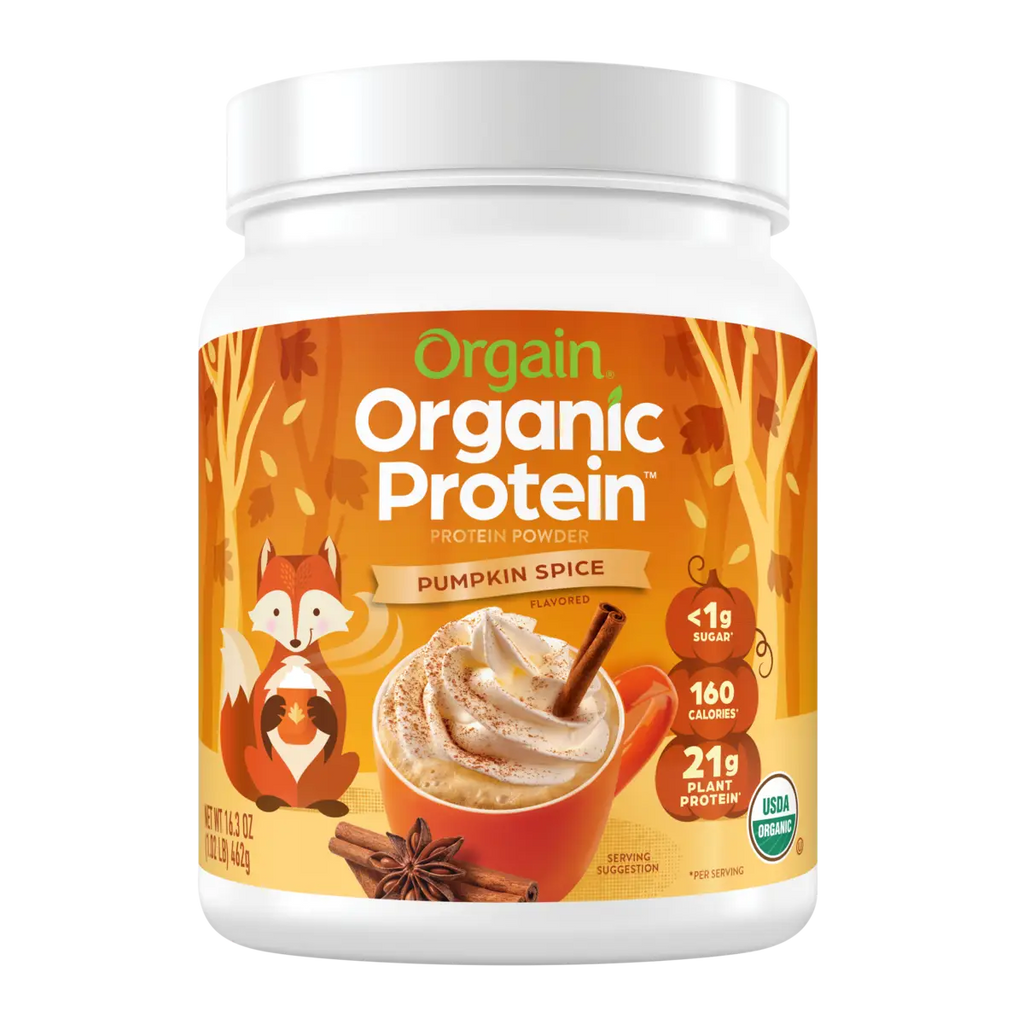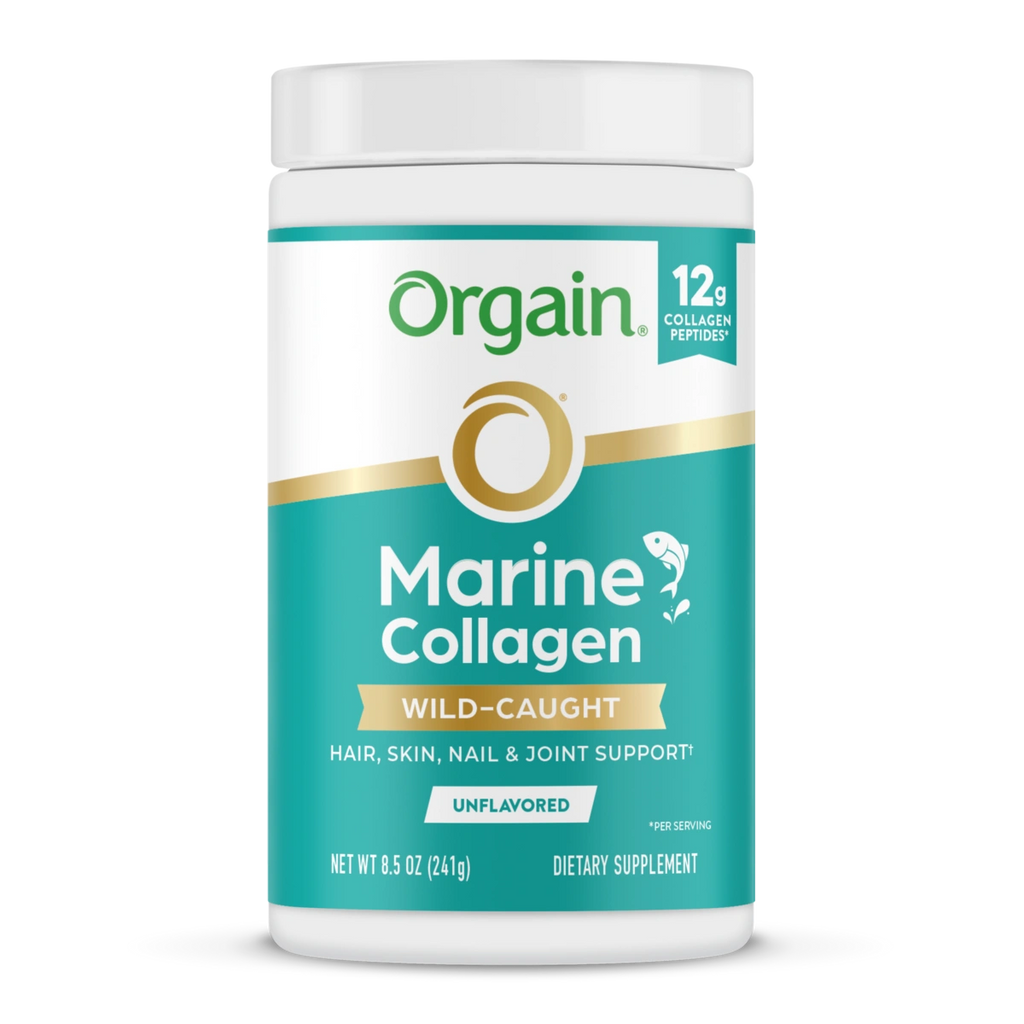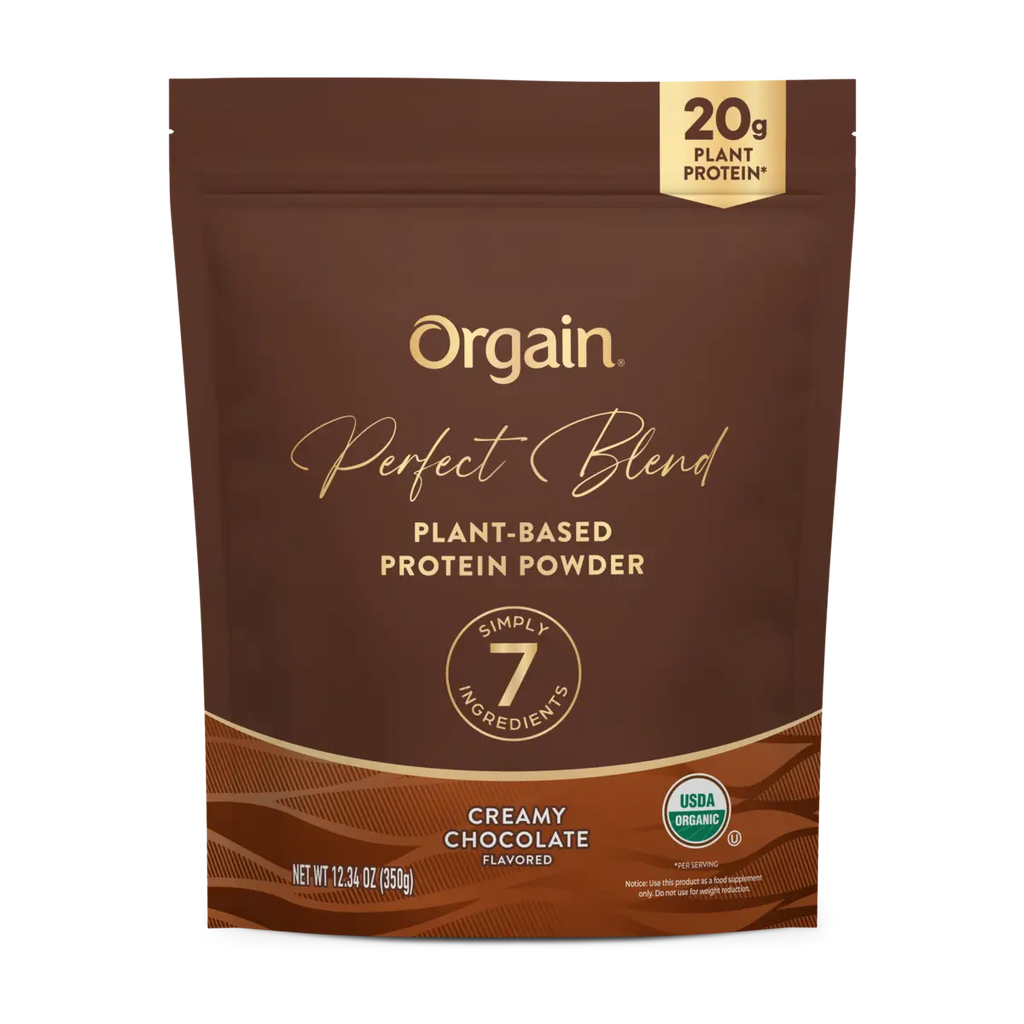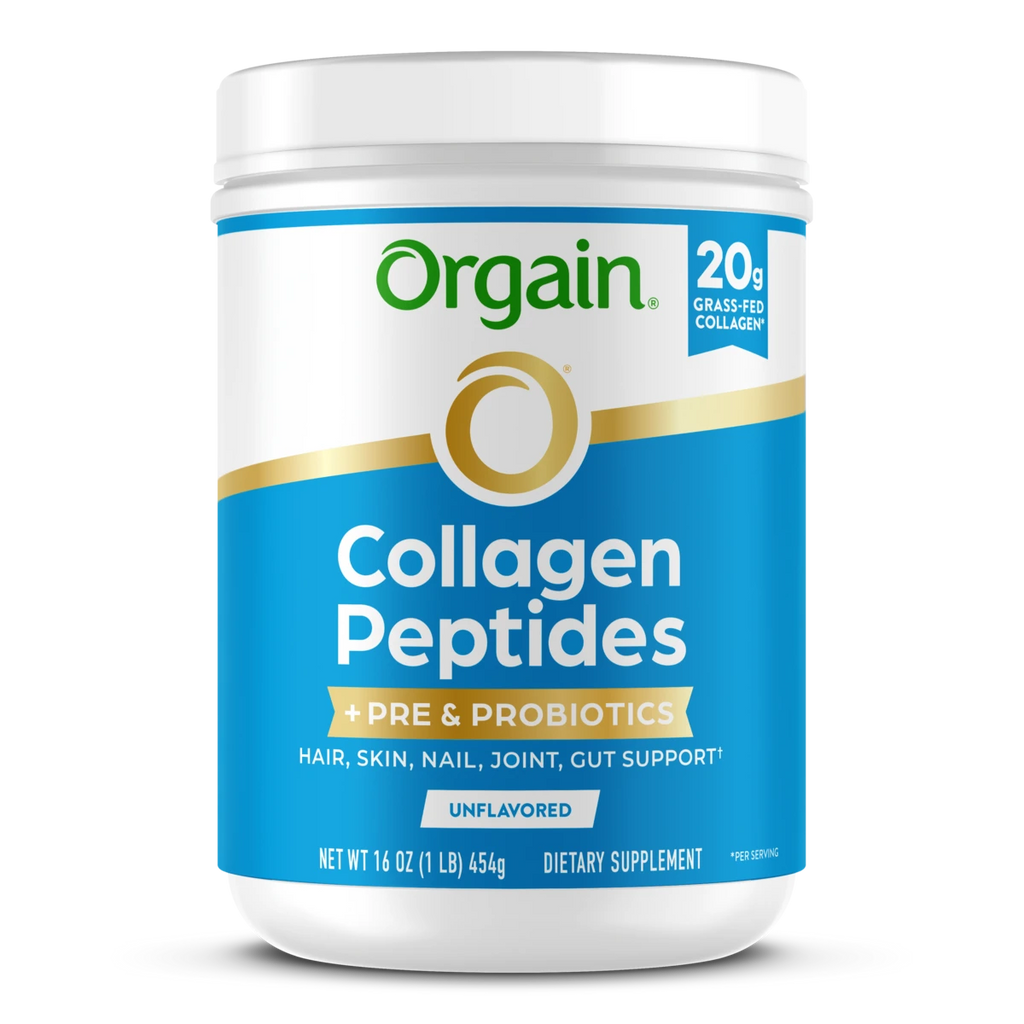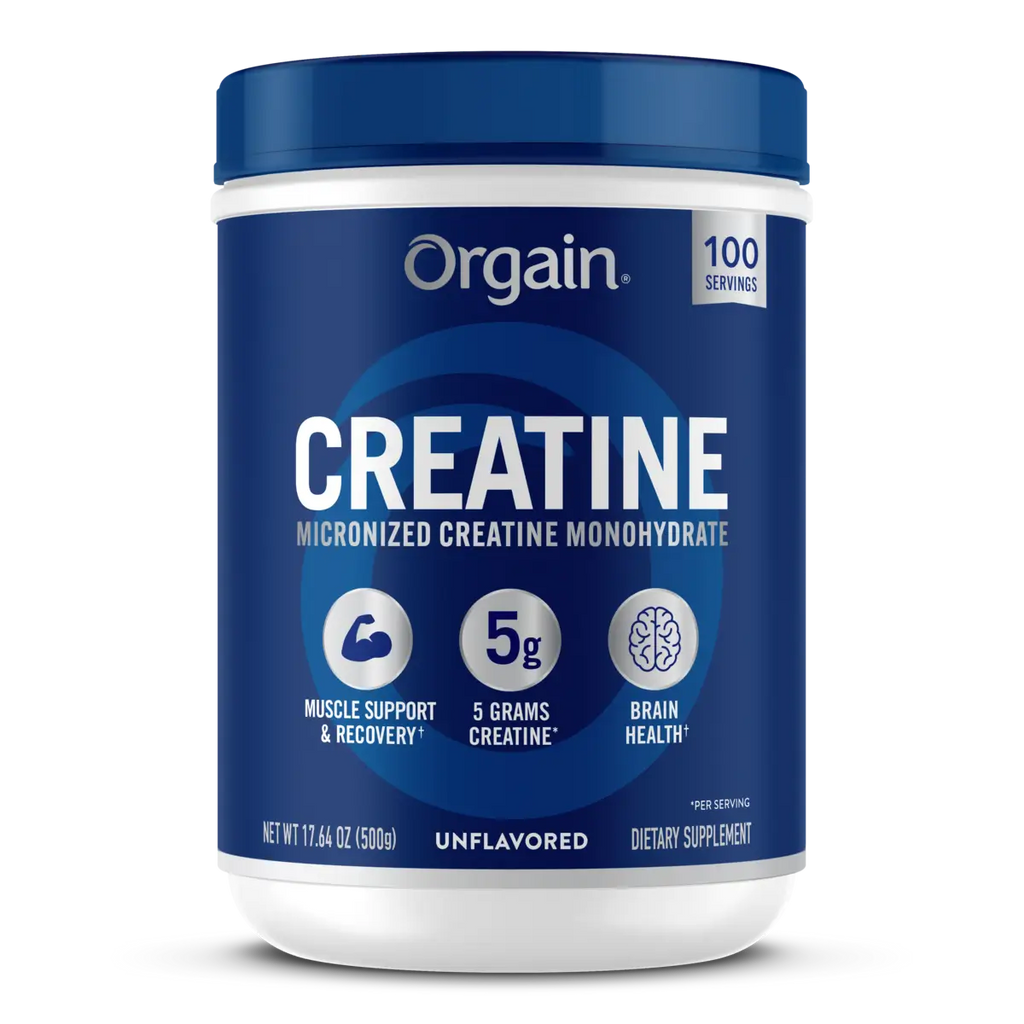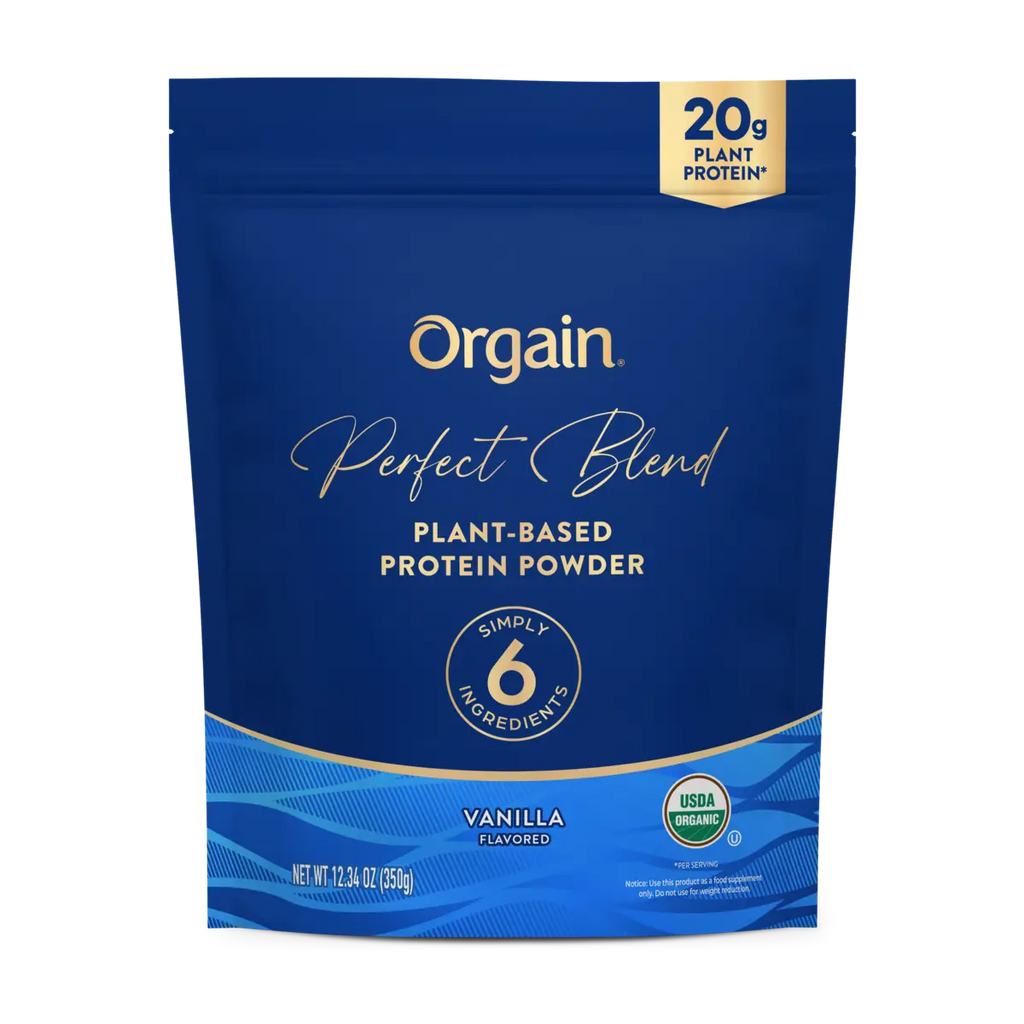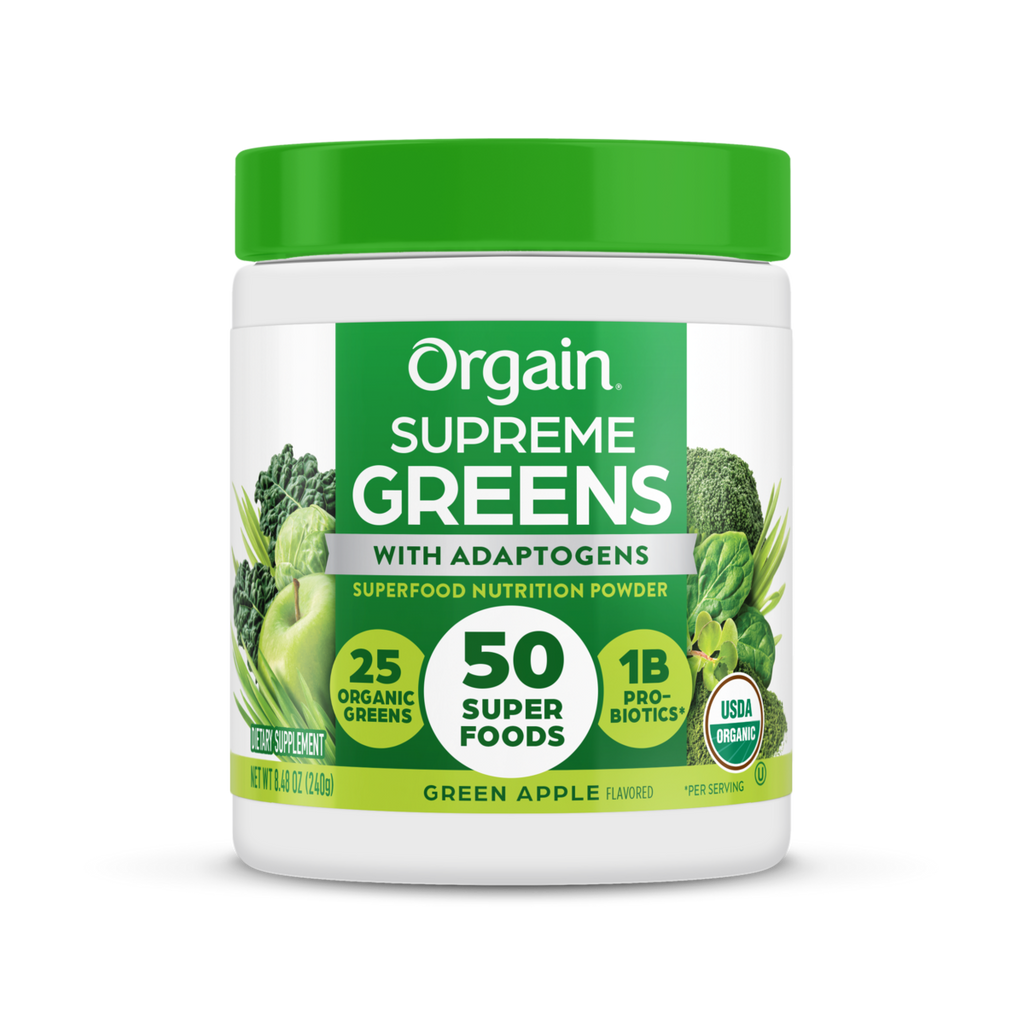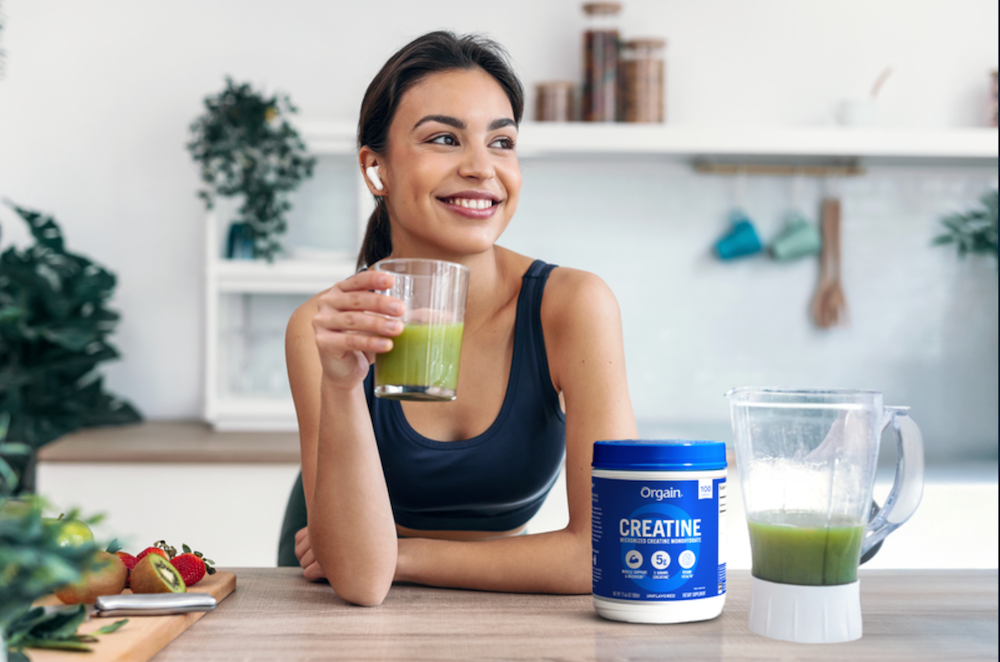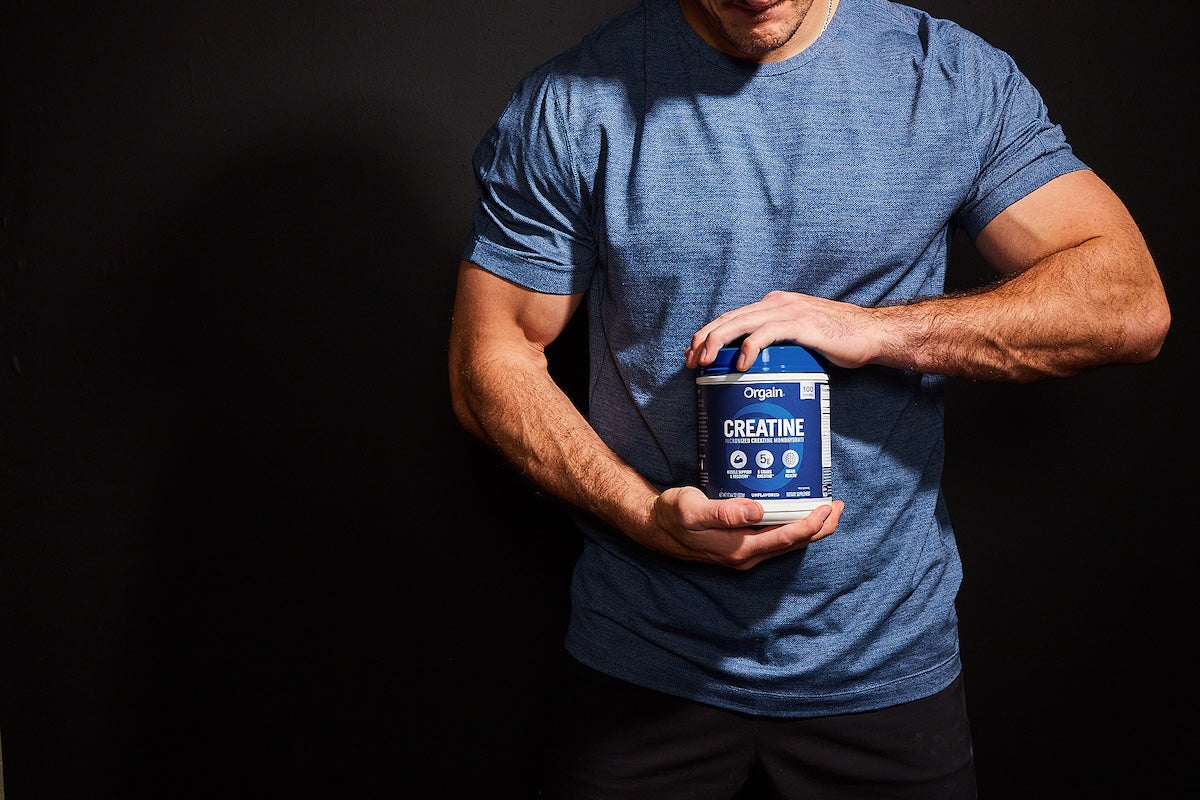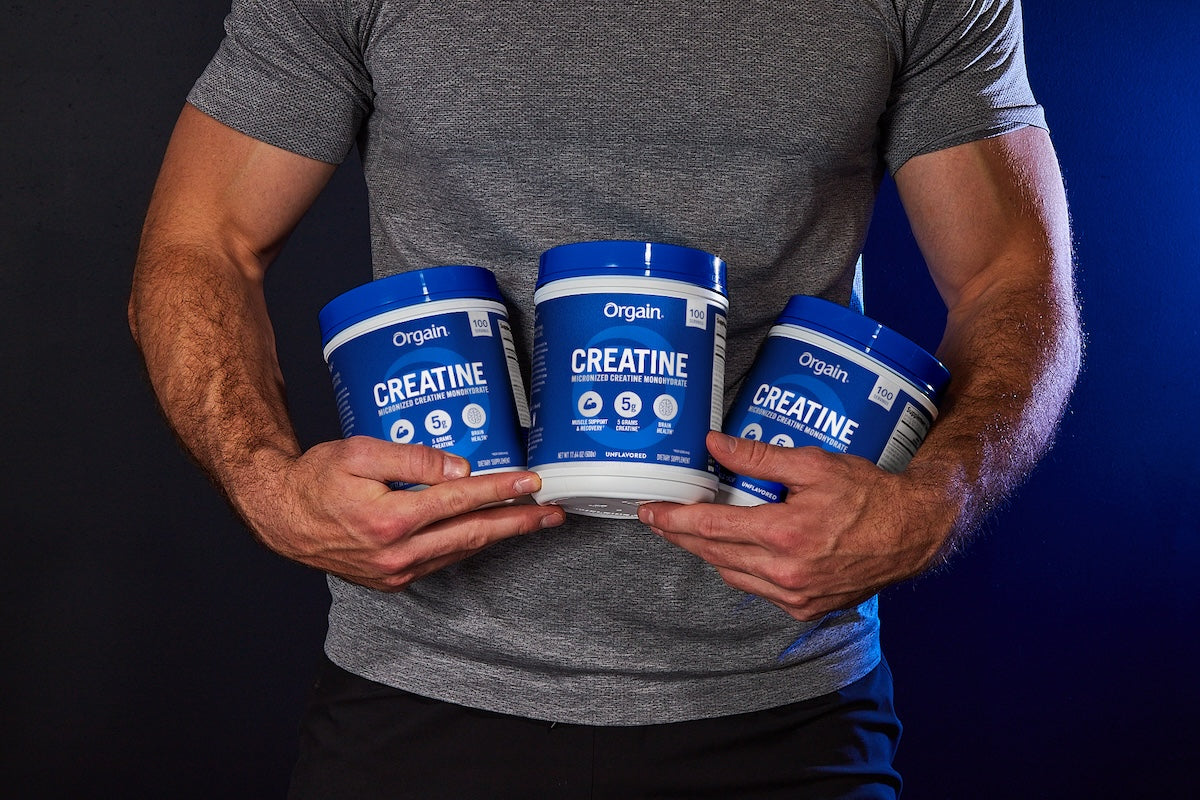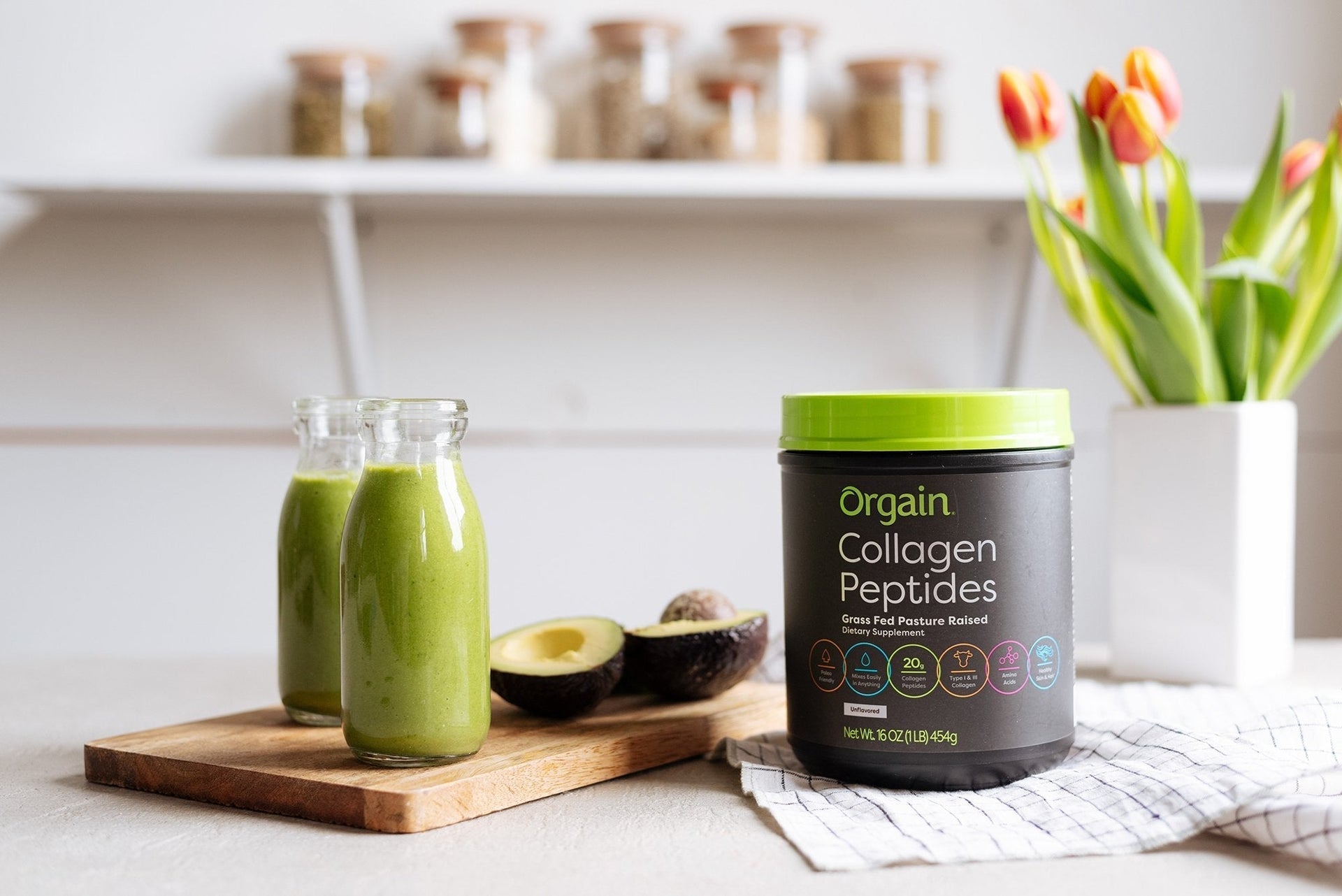If you are into health and fitness, chances are you’ve witnessed an avid gym goer, workout enthusiasts, or an athlete shaking some sort of cup or bottle in their hands vigorously — maybe that someone was you. They go by many names: Shakers, shaker bottles, protein shakers, mixing bottles, blender bottles, and sometimes in desperation, “that one cup that happens to be clean.”
Shaker Bottle 101
No matter what we call them, their purpose is the same — to blend and mix up our favorite workout concoctions. Some may say, why waste money on a plastic cup? Well, have you ever tried to mix two scoops of protein powder in a 16-ounce water bottle? It doesn’t work — ask us how we know.
Made for mixing.
The shakers are popular because they are effective. Most are wide-lipped, tightly sealed, contain plenty of volume for supplement stacks, and come with that little orb-shaped mixing mechanism thingy. In fact, that is what sets it apart.
Whisk, whisk!
The metal shaker ball, or agitator, makes workout life a little easier — allowing you to cut through dense protein powders and other thick ingredients. Without it you’d be left with chunky bits of unmixed protein powder and a really sore arm.
What is Stacking?
Now that we’ve completed our course, Shaker Bottle 101, it’s time to talk about stacking. Sounds simple enough, but I regret to inform you that stacking does not refer to grownup jenga with shaker bottles — although that does sound intriguing.
Stacking, in the health and fitness world, has to do with nutrition supplements. Specifically, stacks refers to a group of supplements used to enhance workout and athletic performance. Usually, stacks feature different products that are meant to work together to aid in overall performance, endurance, and recovery.
This is where all the pre-workout, intra-workout, and post-workout products and supplements come in.
Pre-Workout Supplement Stacking
Pre-workout is fairly self-explanatory. It refers to the supplements that are designed to be taken before exercising or working out. But it can also refer to the snack or meal you consume before working out — those with complex carbs, protein, etc.
Generally, pre-workout supplements and sports powders contain a variety of ingredients aimed at increasing energy and improving exercise performance, as well as front-loading your body with the necessary macronutrients needed for muscle growth and recovery. The effectiveness of pre-workout supplementation cannot be ignored.
Protein for pre-workout.
One of the common macronutrients used for both pre-workout performance and post-work recovery is protein. In fact, protein powder is the most common ingredient that gets shook around inside shaker bottles.
Protein, consisting of amino acid chains, is essential for muscle and tissue maintenance and repair as well as overall muscle recovery. For those that exercise frequently, getting enough protein becomes even more important. Protein requirements depend on age, sex, weight, and level of activity.
Caffeine in pre-workout supplements.
Along with protein, one of the most common ingredients in pre-workout supplements is caffeine; for obvious reasons. Though not everyone can tolerate it, caffeine can help boost your energy levels. In fact, some caffeine and exercise studies found that caffeine actually improves mental alertness and exercise performance.
Creatine and nitric oxide in pre-workouts.
Creatine is also included in many pre-work supplement formulas, though not all. Creatine is naturally produced by the body and is stored in the muscle. For supplementation, creatine is often used by weightlifters and other athletes because of its properties that aid in muscle recovery and muscular mass and strength increase.
Nitric oxide, which is also produced naturally in the body through certain amino acids, is another element in many popular pre-workout stacks because of its vasodilating properties. It helps improve blood flow and blood vessel performance, which allows more oxygen and nutrients to flood the muscle tissues.
How To Stack with a Shaker Bottle: Pre-workout
Stacking for Energy
As mentioned, many sports powders and blends are made for the purposes of energy. But, many of them are flavored and taste best in isolation.
What you will need:
Shaker, liquid of choice: Water or coconut water, and Sport Energy Organic Plant-based powder
How to stack it:
- Add your liquid: 12 – 16oz.
- Mix one scoop of sport energy powder; shake until dissolved.
- Twist it, cap it, shake it, and let’s get to work.
Drink 20 – 30 minutes before your workout.
Clean Protein Stack
Protein powder options vary, but it really comes down to preference. But an organic, plant-based protein powder, free of GMOs, added sugars, and made without dairy makes for a clean pre-workout shake.
What you will need:
Shaker, ice, liquid of choice, any extra ingredients, and Organic Protein™ Plant Based Protein Powder.
How To Stack It:
Optional: Some prefer to add ice to help break up the powder, but it’s not necessary.
- Add 6 oz of your liquid.
- Optional: Add ingredients (chia seeds, flax seed, etc.).
- Mix two scoops of clean protein powder (21 g).
- Add another 6oz of your liquid.
- Twist it, cap it, shake it, and enjoy.
Intra-Workout Stacking
Intra-workout stacking doesn’t get a lot of love. In fact, most stick to water or electrolyte-rich sports drinks during their workouts. Proper hydration cannot be overstated. However, one supplement that sometimes finds its way into shaker bottles during a workout is BCAAs — branched-chain amino acids. BCCAs help stimulate key enzymes that aid in muscle protein synthesis. They also help limit muscle soreness and fatigue.
Post-Workout Stacking
Post-work nutrition is equally as important as pre-work. Think of it as a refueling process for your body after a grueling workout. This is true for any type of resistance training, in which muscles are literally broken down by micro-tears.
The goal of post-workout stacking is to aid in the recovery process. Two macronutrients are essential for this process — protein and carbohydrates. Together, they aid in muscle recovery, by replenishing muscle glycogen storage.
However, the most common element of post-workout supplementation by far is protein. Post-workout protein not only helps muscles to heal and recover, but also helps to stimulate muscle growth and prevent the loss of lean muscle mass.
Clean Protein Stack for Recovery
Again, a clean, moo-free plant-based protein option with a complete amino acid profile is a good choice. Adding rolled oats helps stack with carbohydrates post-workout to aid in recovery — ¼ cup yields around 20 g of carbohydrates.
What you will need:
Shaker, liquid of choice, ¼ cup of rolled oats, and Organic Protein™ Plant-Based Protein Powder.
How To Stack It:
- Add 6 oz of your liquid; almond milk would work well here.
- Add ¼ cup of rolled oats.
- Mix two scoops of clean protein powder (21 g).
- Add another 6oz of your liquid.
- Twist it, cap it, shake it, enjoy, and recover.
Choose Your Shaker Wisely
There are numerous shaker bottle options out there that come in a variety of styles and sizes. Many are made from durable, BPA-free plastics, others from glass (for the brave souls). The most common sizes are 20 oz, 28 oz, and 32 oz. Any bigger and things can become rather cumbersome. Plus, you want something that is easy to clean.
The best options will have wide mouth designs for easy-to-add scoops and give you plenty of room for protein powder and meal ingredient mixing. Orgain offers a great 28 oz option — the Orgain BlenderBottle® SportMixer®. Now you’re ready to stack it and shake it.
Sources:
